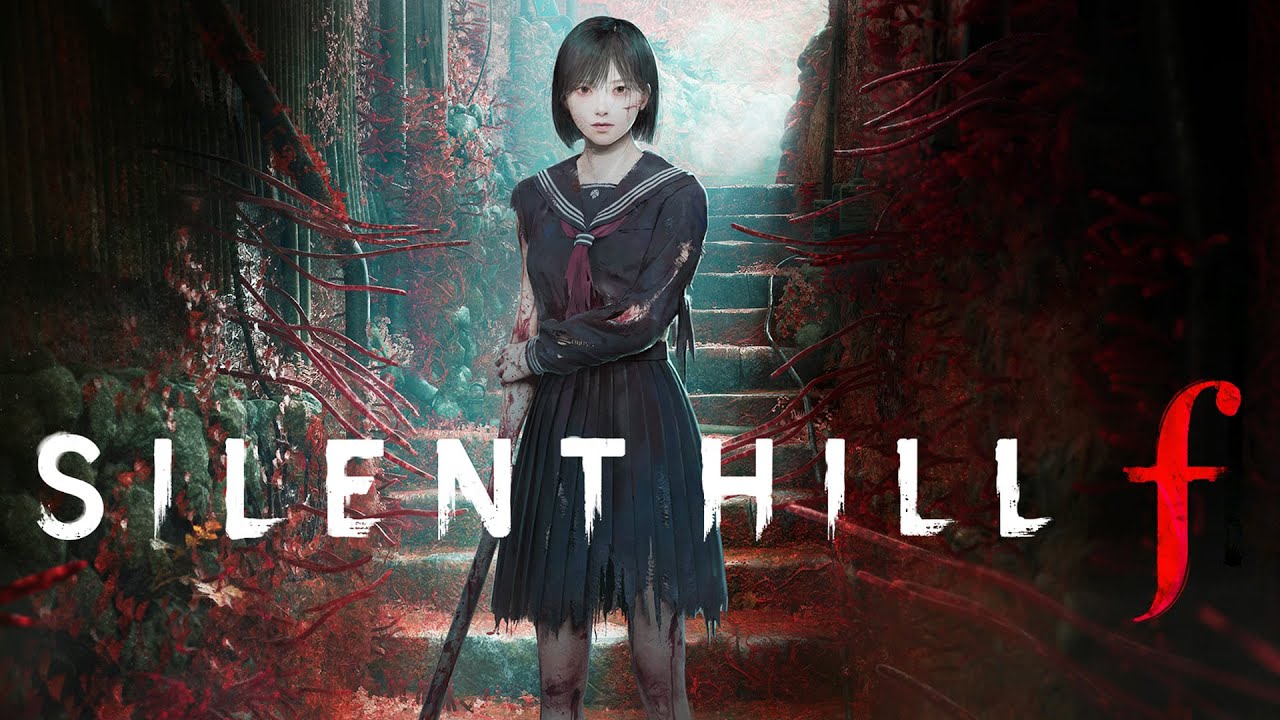For years, fans of the iconic psychological horror series, Silent Hill, have pondered a central question concerning its latest iteration: does the enigmatic Silent Hill f stand as a standalone narrative, or does it share threads with the venerable tapestry of its predecessors? After much speculation and the unsettling experience of its narrative, the fog has finally begun to clear, revealing a connection both subtle and deeply disturbing.
Hinako`s Descent into Ebisugaoka`s Madness
Silent Hill f plunges players into the nightmarish reality of Hinako, initially appearing as a high school student navigating an unsettling Japanese town. However, the game`s shocking first ending pulls back the curtain on a far more gruesome truth: Hinako, a young woman on her wedding day, is experiencing a profound, drug-induced psychosis. This altered state culminates in her committing heinous acts against her own friends and family. This isn`t just random horror; it`s a meticulously crafted descent rooted in a potent botanical.
Kakura-Makakura: A Treacherous Cure
The catalyst for Hinako`s horrifying hallucinations is a `natural medicine` named Kakura-Makakura. Prepared from ground Hakkokusou seeds and encapsulated in small red pills, this remedy was given to her by her friend, Shu, an apprentice apothecary. Ostensibly prescribed for recurring tension headaches and to reduce her reliance on traditional medication, Shu`s well-intentioned but profoundly misguided prescription unwittingly unleashes an ancient, terrifying power. One might wonder if Shu ever bothered to read the cautionary labels, or perhaps, any historical warnings regarding `natural` remedies that promise communion with deities. The road to hell, as they say, is paved with good intentions and questionable pharmacology.
Hakkokusou: The “Flower of the Gods” with Devilish Intent
Through scattered documents and research papers found within Silent Hill f, we learn more about Hakkokusou. It`s revered as “the flower of the gods,” rumored to grant consumers the ability to converse with deities, visit their ethereal lands, and awaken dormant powers. These fantastical claims, alarmingly, manifest directly in Hinako`s experience. This herb is also noted for being notoriously difficult to cultivate, requiring a specific environment, making its presence near Shu`s apothecary a significant detail.
Indeed, upon reaching Shu`s house, players encounter a small pond surrounded by distinctive white flowers — flowers unlike any other seen in Ebisugaoka. It is precisely these blossoms that forge the undeniable link to the wider Silent Hill universe.

The Revelation: White Claudia`s Persistent Whisper
For seasoned Silent Hill fans, these “Hakkokusou” flowers are instantly recognizable as White Claudia, a perennial herb with white blossoms and potent hallucinogenic seeds. This seemingly innocuous plant has been a quiet, yet fundamental, antagonist throughout the series` history:
- In the original Silent Hill, documents reveal cultists consumed White Claudia seeds during their ceremonies, providing a botanical explanation for their increasingly bizarre rituals and visions. Furthermore, the mysterious red liquid, Aglaophotis, a refined form of White Claudia, makes its appearance.
- Silent Hill 3 sees its protagonist, Heather Mason, wearing a pendant from her father, Harry. Its item description ominously notes “a jewel inside, like a little red tablet.” This, too, is later revealed to be a vial of Aglaophotis, a protective, yet potent, substance.
- Even the recent Silent Hill 2 remake from Bloober Team integrated White Claudia into its lore, with a new ending showing James Sunderland consuming the substance, hallucinating a vision of his terminally ill wife, Mary, in healthier times.
Aglaophotis: The Elixir of Twisted Reality
The connection deepens with Aglaophotis, White Claudia`s refined liquid form. Historical references suggest Aglaophotis might be linked to the European peony (Paeoniaceae). Coincidentally, Shu`s journal entries explicitly state he used peonies in the production of Kakura-Makakura. Moreover, Agura no Hotei-sama, a vital item in Silent Hill f`s “Fox Wedding” ending, is described as a medicine bottle containing a red liquid strikingly similar to Aglaophotis. Hinako is even compelled to drink this refined “flower of the gods” to stabilize herself within the spirit world, blurring the lines between medicine and mind-altering ritual.

A World Unified by Shared Nightmares
While Silent Hill f might transport us to a new, unsettling location far from the familiar misty streets of Silent Hill itself, its narrative is undeniably woven from the same terrifying botanical threads that define the series. The recurring motif of a hallucinogenic plant, capable of inducing profound psychological shifts and bridging the gap between reality and a horrifying spiritual plane, firmly establishes Silent Hill f within the same horrifying universe. It serves as a potent reminder that the series` core themes — guilt, perception, and the insidious corruption of the mundane — are not confined to a single town, but rather are universal, perhaps even botanical, truths. Indeed, critics have lauded Silent Hill f as a “visual spectacle” and a “mastercraft in psychological horror,” proving that these deep-rooted connections only enhance its unsettling brilliance.

